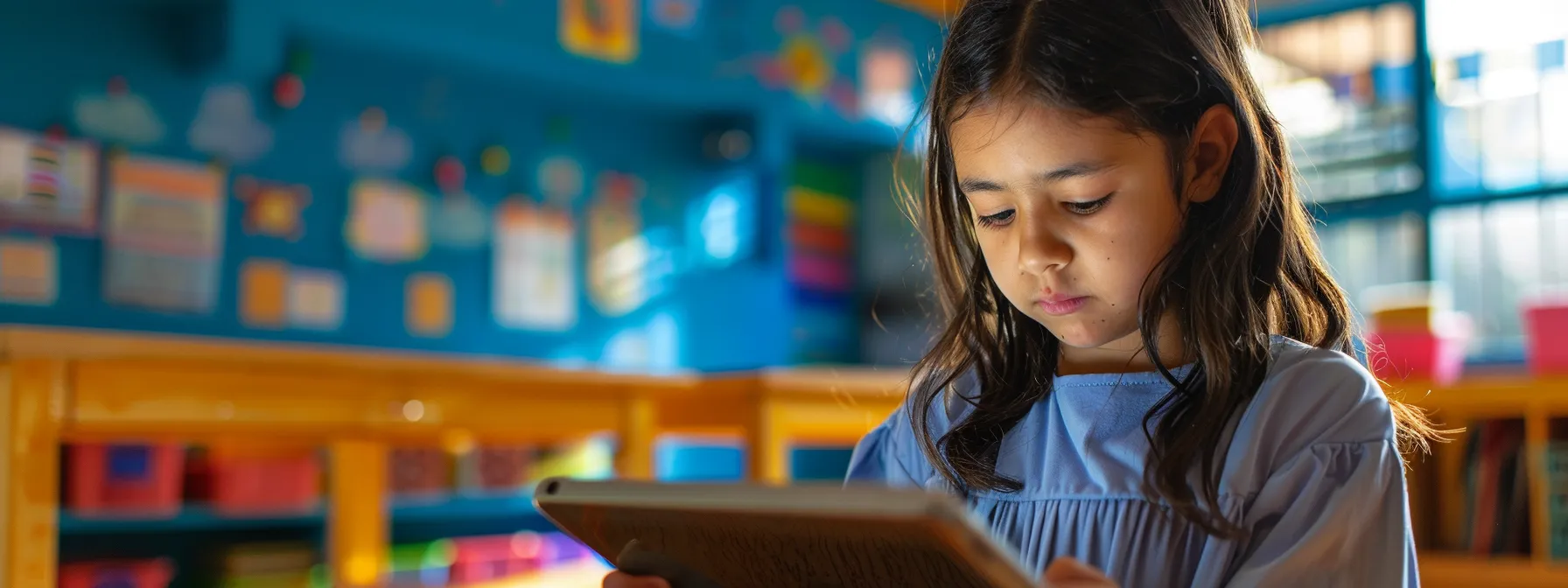ADHD is a condition that significantly affects a student’s learning experience and performance. This neurodevelopmental disorder is often characterized by inattention, hyperactivity, and impulsivity, aspects that can hinder academic progress and social interactions. The challenges are diverse, and the impact is far-reaching, affecting not only the individual but also the educational environment. Key to aiding students with ADHD is a comprehensive understanding of the condition and how it manifests in educational settings. In this article, we will delve into the intricacies of ADHD, cognitive, behavioral, and social implications, and effective strategies to support learning.
Understanding the Spectrum of ADHD and Its Effects on Learning


ADHD is not a one-size-fits-all condition; it presents a spectrum of symptoms and severities that influence each student differently. Some students may struggle primarily with maintaining concentration, while others might find impulse control to be their greatest challenge. The variability of ADHD necessitates a tailored approach to education, one that is flexible and responsive to the unique needs of each student.
Academically, ADHD can lead to difficulties in organizing tasks, following instructions, and completing homework. These challenges can result in a noticeable disparity between a student’s intellectual capabilities and their academic achievements. The gap often leads to frustration and a decline in self-esteem, which can further complicate the learning process.
For students suspected of having ADHD, early identification and intervention are crucial. A comprehensive student adhd assessment is the first step in understanding their specific challenges and needs. Such assessments provide the foundation for developing strategies that will facilitate better learning outcomes and a more supportive educational environment.
Behavioral and Social Impacts of ADHD in the Classroom


Behaviorally, ADHD can manifest in various ways that affect both the individual and classroom dynamics. Hyperactivity can lead to fidgeting, an inability to stay seated, and excessive talking. These behaviors can be disruptive and may detract from the learning atmosphere, making it difficult for ADHD students and their classmates to concentrate or engage in lessons.
Impulsivity, another hallmark of ADHD, can present challenges in social interactions. Students with ADHD may have trouble waiting their turn, interrupt conversations, or act without considering the consequences. Such behaviors can strain relationships with peers and teachers, potentially leading to social isolation or conflict.
Emotional dysregulation is also common among students with ADHD. They might exhibit a quick temper, become frustrated easily, or have difficulty coping with setbacks. These emotional reactions can further complicate their interactions and lead to misunderstandings. Navigating these social and emotional nuances requires sensitivity and awareness from educators and peers alike.
Strategies for Supporting ADHD Learners: Teacher and Institutional Roles
Support for ADHD students within educational institutions involves a collaborative effort between teachers, parents, and support staff. Individualized education programs (IEPs) or 504 plans, which include specific accommodations and modifications, can be pivotal in meeting the needs of students with ADHD. These might entail additional time on tests, breaks during long tasks, or seating arrangements that limit distractions.
Teachers play a critical role in creating an ADHD-friendly classroom. By adopting varied instructional approaches and implementing engaging activities, they can cater to diverse learning styles and attention spans. Innovative teaching methods, leveraging kinesthetic, auditory, and visual activities, can better involve ADHD students in the learning process.
Classroom management strategies are equally important. Clear, concise instructions and consistent routines can provide the structure that ADHD students benefit from. Positive reinforcement, immediate feedback, and a points or rewards system can incentivize and motivate ADHD learners, making them more likely to remain on task and participate actively.
Technological Innovations and Resources for Enhancing ADHD Student Learning


Technological advancements are revolutionizing how we support students with ADHD. Digital tools, such as educational software and applications, are particularly well-suited for ADHD learning styles, offering interactive and customizable experiences. These platforms often feature immediate feedback, gamified learning, and the ability to track progress over time.
Assistive technology can also play a significant role in mitigating academic challenges. Text-to-speech software, for instance, can aid reading comprehension, while speech-to-text programs can help students articulate their thoughts without the hindrance of writing or typing difficulties. Such technologies enable ADHD students to demonstrate their knowledge in ways that align with their strengths.
Overall, while ADHD presents distinct learning challenges, it is encouraging to note the many pathways available to support and enhance the experiences of ADHD students. A blend of understanding, strategic educational practices, and technology can transform the learning environment, fostering success and inclusion for these students. By addressing ADHD’s impact head-on, educators, parents, and the students themselves can work together to ensure every individual’s academic potential is fully realized.







Leave a Reply
View Comments